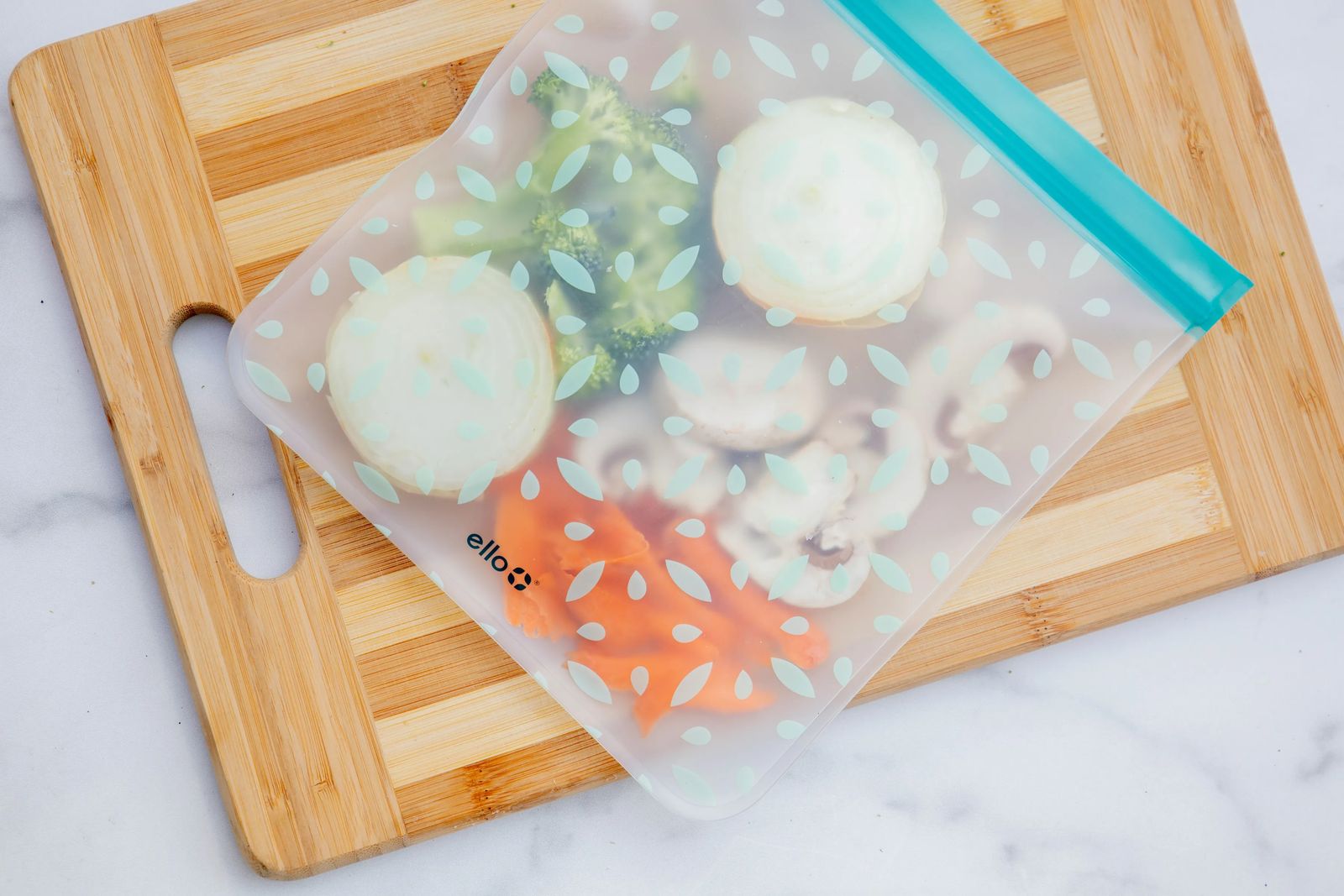
Implementing Eco-Friendly Household Products & Strategies
April 26, 2024
by indiana lee, guest contributor
As more people start to embrace an eco-friendly lifestyle, household products that focus on those things are becoming more prominent. When you think about the household products you use each day, it can feel overwhelming to consider how you can swap them out for greener options. Fortunately, sustainability is becoming more popular, making those swaps easier than you might think.
You can make environmentally conscious choices without sacrificing convenience or quality. As a bonus, switching to sustainable products will show your children how important it is to take care of the planet while meeting their everyday needs.
Keeping it Clean
To keep your house clean, you can also keep the planet clean. Cleaning is a constant chore when you have kids, so it may seem daunting to swap out the products you’re using that already work for you. However, these products could be laden with harmful chemicals. Some of the most common but harmful household cleaning supplies include:
- Air fresheners;
- All-purpose cleaners;
- Bathroom cleaners;
- Dish soap;
- Drain cleaner;
- Laundry detergent.
The variety of chemicals used in these products makes them very effective for cleaning up grime, grease, dust, and stains. Unfortunately, they can negatively impact both your health and the environment. For example, liquid dish soap can promote algae growth and irritate natural aquatic habitats. Air fresheners might cause headaches and dizziness thanks to the sulfates they contain, and they can also contribute to indoor air pollution.
If you want to ensure your cleaning supplies are safe for your family and the planet, consider making your own solutions for the kitchen, bathroom, and elsewhere around the house. Vinegar and baking soda solutions can clean countertops, sinks, and appliances, while eco-friendly carpet and steam cleaners can be used to freshen up your living room and bedrooms without harsh chemicals.
If you want things to smell good after you’re done tidying up, consider using essential oils and diffusers instead of plug-in air fresheners.
Taking Care of Toys
Many of today’s popular toys are made in large factories all over the world without sustainable practices. Your kids are going to want the latest and greatest toys, so what can you do to practice sustainability while making sure they have high-quality items to play with?
There are a few tips to keep in mind that can help you choose the safest toys for your kids and the environment. It starts with the materials. Toys made from bamboo or wood are often more eco-friendly than plastic items. But even if a toy is made of plastic, it doesn’t automatically mean it’s off-limits for your family. Do your research on the manufacturer and learn about their commitment to sustainability and ethical practices.
Researching toys and manufacturers can also be used as an important lesson in sustainability for the future. Consider getting your kids involved in the toy-buying process as often as possible. Teaching kids about the environment early on and giving them the facts about the planet can help them feel empowered to do their part, and set them up to be conscious consumers well into adulthood.
Avoiding Fast Fashion
Most companies know that consumers care deeply about sustainability and want sustainable products. From “going green” in the office to sourcing sustainable materials, businesses are capitalizing on that desire by establishing a sustainable culture in the workplace and beyond. This means that buying products like clothing from businesses dedicated to making green commitments can make a big difference.
Fast fashion has become a problem when it comes to textile waste. You might buy a pack of t-shirts for your kids because they’re affordable. Unfortunately, many of these fast-fashion items get ruined quickly because they’re made of lower-quality, unethically-sourced materials. The sooner they’re destroyed because of those materials, the sooner they’ll end up in a landfill.
Again, this is a good time to research companies to determine which ones are ethically making clothing, so you can choose quality over quantity. Additionally, you can keep your family’s clothes from ending up in the landfill by:
- Buying second-hand clothing;
- Knowing your materials;
- Donating clothes that don’t fit;
- Buying fewer, higher-quality items.
Instead of always looking at big brands, consider shopping locally or looking into small businesses. Small business owners don’t often have the resources to make items in large factories on a grand scale, and they’re more likely to devote time and energy to quality products.
Ultimately, making a few small changes in the products your family uses can make a big difference in how everyone feels. These changes will also help you do your part to live more sustainably while educating your kids on the importance of a greener future. Try some of these swaps today, and you’ll feel good about your environmentally-conscious choices.





